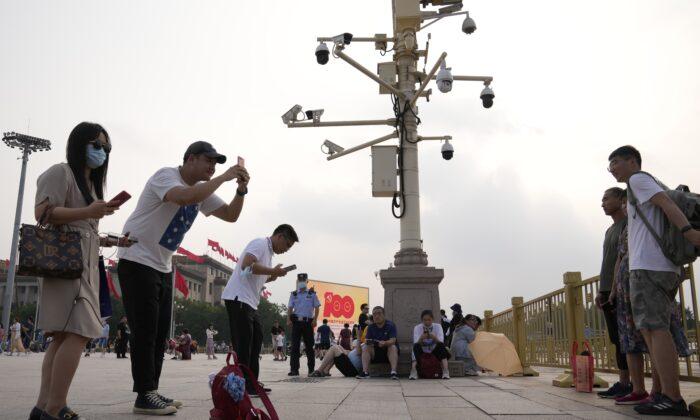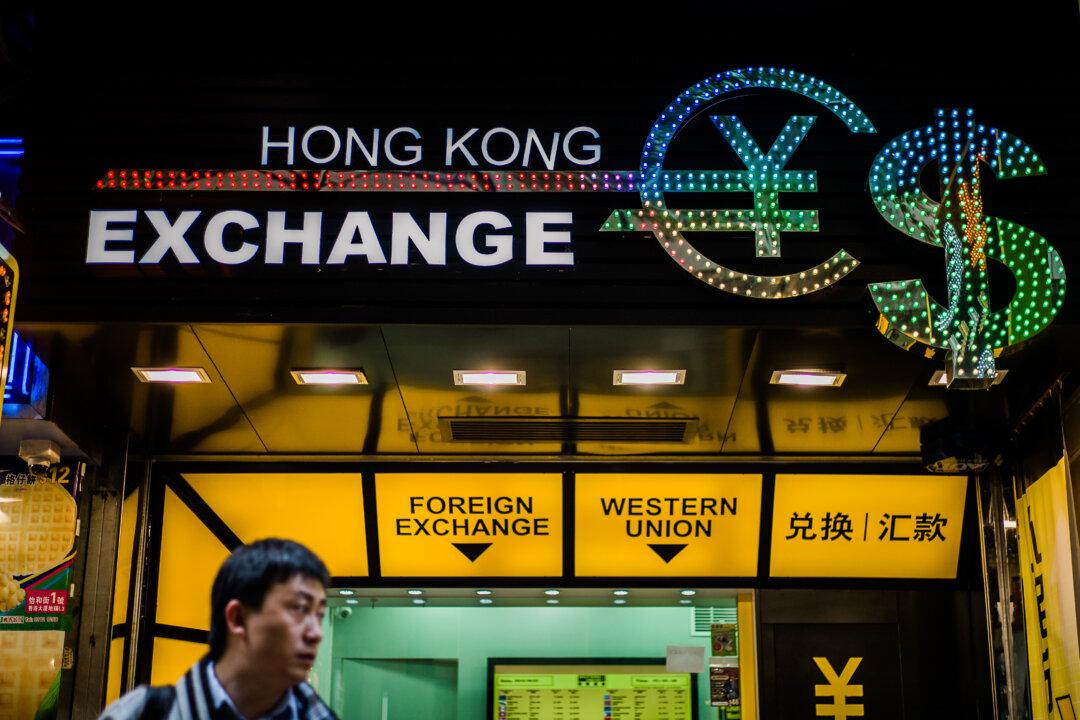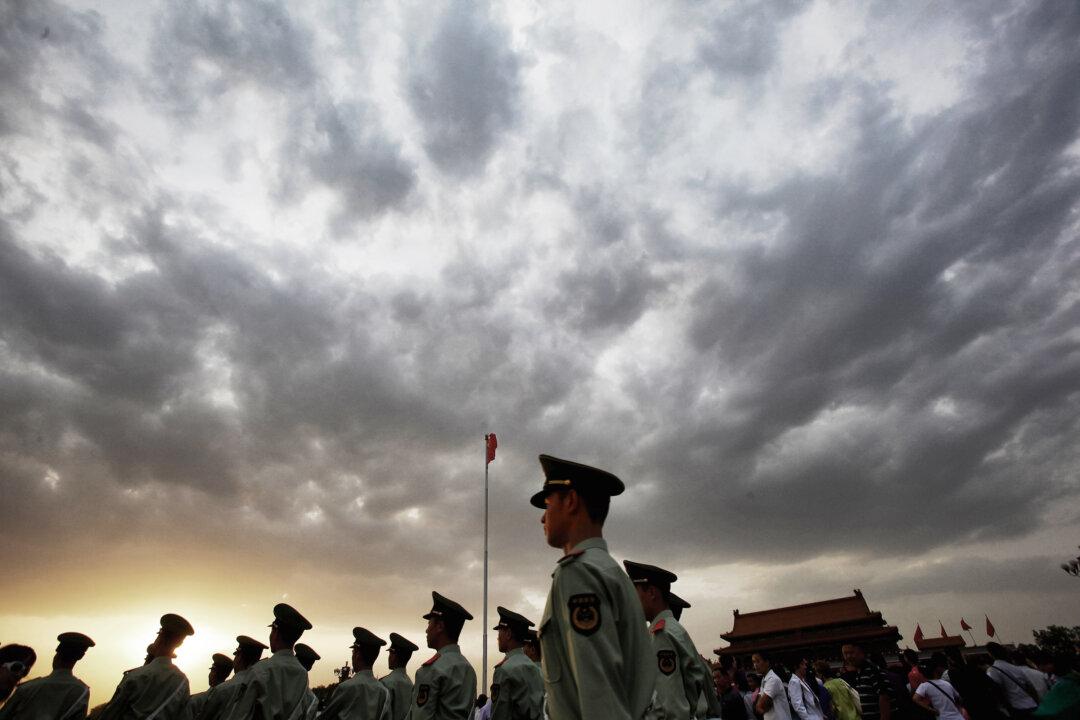Chinese cities are under the heaviest CCTV surveillance in the world, according to a report by British cybersecurity firm Comparitech.
Comparitech came to their findings after analyzing CCTV use in 150 of the world’s most densely populated cities.
In 2019, IHS Markit predicted that by the end of 2021, there would be approximately 1 billion surveillance cameras worldwide, of which 54 percent would be located in China. That is, with 540 million surveillance cameras installed for a population of 1.46 billion, there are 372.8 cameras for every 1,000 people.
This is a relatively conservative estimate. Another higher estimate by IHS Markit put the number at 626 million CCTV cameras in China, which equates to 432.2 per 1,000 people.
Comparisons
Outside of China, the Indian city of Indore has the most CCTV cameras. With an average of 62.52 CCTV cameras per 1,000 people, the city’s surveillance system is only one-sixth of China’s conservative estimate.In comparison, London has 13.35 CCTV per 1,000 people; Los Angeles has 8.77 per 1,000 people; and Tokyo, the most populous city in the world, only has 1.06 per 1,000 people.
The report also provided data on the estimated number of cameras per square mile.
Even by conservative projections, China has the highest concentration of surveillance cameras in big cities.

Shenzhen of Guangdong Province topped the list with an estimated average of 6,220 CCTV cameras per square mile; followed by Wuhan of Hubei Province, with 5,429 cameras per square mile; Shanghai ranked the third with 4,343 cameras per square mile; and Qingdao of Shandong Province has 3,470 cameras per square mile.
Outside China, Delhi in India has the most CCTV cameras per square mile. The city was covered with a density of 1,446 cameras per square mile. Seoul, South Korea, has 333 surveillance cameras per square mile; Moscow, Russia, has 220 per square mile; New York City has 187 per square mile; Osaka of Japan has less than 6 per square mile.
In addition to the large number and intensive installation of surveillance cameras, the performance of China’s surveillance cameras is also very advanced. In September 2019, Chinese scientists launched a 500 million-pixel cloud camera system, which can take pictures as well as videos. It far exceeds the resolution of present-day advanced SLR cameras, which is only tens of millions of pixels.
‘Digital Authoritarian State’
Many people believe that camera surveillance can improve law enforcement and crime prevention, but Comparitech found that not to be the case. They compared the number of CCTV cameras with the crime index and concluded that more surveillance cameras did not lead to reduced crime rates.Then why did the Chinese Communist Party (CCP) pay such a huge price to build this extensive network?
Bitter Winter, an online magazine that focuses on the human rights abuses in China, believes that the CCP’s ultimate goal is to build a sophisticated and complete national database that enables security forces to track, analyze and control everyone in China in real or near real-time. In other words, the CCP is in the process of creating a “digital authoritarian state” through advanced surveillance technology.

Big Data Collection
According to more than 50 publicly available documents examined by Reuters, over the past four years, dozens of Chinese entities had purchased an AI software known as “one person, one file”.In the old system, the cameras can only collect data and required manual organization. But the “one person, one file” software can analyze the huge data collected from CCTV cameras, and use complex algorithms to create custom files for the individuals being monitored. Profiles are also automatically updated as the software categorizes data. The new system also has the ability to learn and can optimize the accuracy of file creation as accessible data increases.
In addition, the CCP has the ambition to surpass the United States in artificial intelligence, and the most important resource for improving artificial intelligence technology is data.





